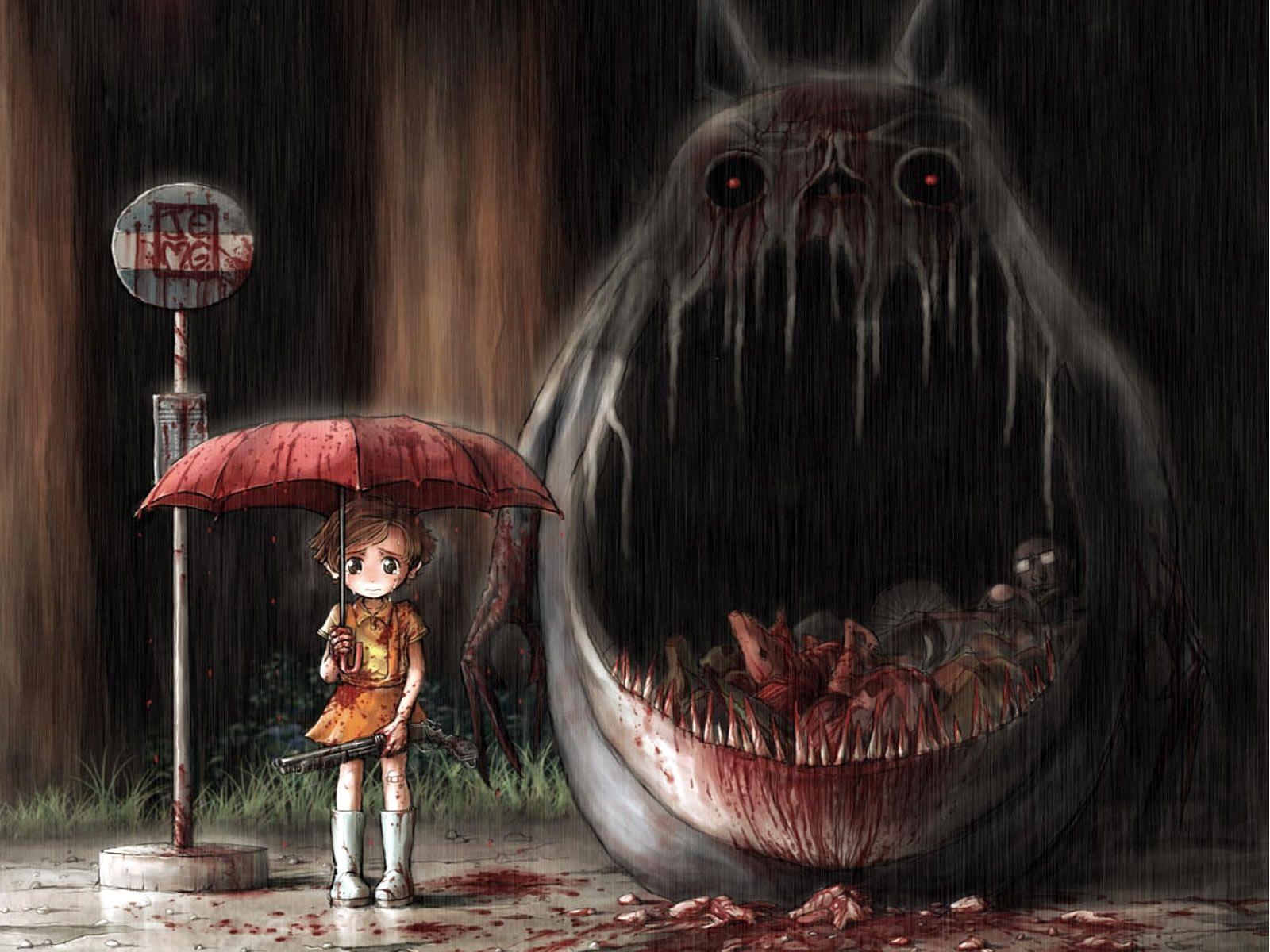Quiero agua gore is a phrase that might intrigue many, especially those interested in the world of gore art, horror aesthetics, and extreme forms of creative expression. The term "gore" often evokes images of graphic violence, blood, and unsettling visuals, but it also represents a unique subculture that has captivated audiences worldwide. From its origins in underground art to its influence on mainstream media, gore art has evolved into a significant cultural phenomenon. In this article, we will explore the depths of this intriguing subject, uncovering its history, significance, and impact on modern art and society.
Gore art, often associated with horror, body horror, and extreme cinema, has a rich history that dates back to the early days of visual storytelling. It has been a medium for artists and filmmakers to push boundaries, challenge societal norms, and explore the darker aspects of human nature. Whether it's through paintings, films, or digital art, gore art continues to provoke thought, spark debates, and inspire creativity. Understanding the nuances of this genre is essential for anyone seeking to delve into the world of extreme art forms.
This article will provide a comprehensive overview of gore art, covering its origins, notable figures, and its role in modern culture. We will also examine how gore art intersects with other forms of media, such as film, literature, and digital platforms. By the end of this article, you will have a deeper appreciation for the art form and its cultural significance. Let’s dive into the fascinating world of quiero agua gore.
Read also:Kat Movie 18 A Comprehensive Guide To Understanding And Navigating The Controversy
Table of Contents
The Origins of Gore Art
Gore art has its roots in the exploration of the macabre and the grotesque, dating back to ancient civilizations. Early examples of gore art can be found in medieval paintings, sculptures, and literature, where themes of death, violence, and suffering were often depicted to convey moral or religious messages. These early works laid the foundation for the development of gore art as a distinct genre.
During the Renaissance, artists like Hieronymus Bosch and Caravaggio pushed the boundaries of gore art by creating vivid and unsettling depictions of human suffering. Bosch's famous triptych, The Garden of Earthly Delights, is a prime example of how gore art was used to explore themes of sin, punishment, and the afterlife. Similarly, Caravaggio's dramatic use of light and shadow brought a visceral quality to his depictions of violence and martyrdom.
In the 20th century, gore art gained prominence through the rise of horror literature and cinema. Authors like H.P. Lovecraft and filmmakers like Alfred Hitchcock introduced audiences to the unsettling and the macabre, paving the way for the modern gore art movement. Today, gore art continues to evolve, incorporating new technologies and mediums to create immersive and thought-provoking experiences.
Influential Figures in Gore Art
Throughout history, several artists and creators have left an indelible mark on the world of gore art. These individuals have pushed the boundaries of what is considered acceptable in art and have inspired countless others to explore the darker side of creativity.
H.R. Giger
Swiss artist H.R. Giger is perhaps one of the most iconic figures in gore art. Known for his biomechanical style, Giger's work combines elements of horror, science fiction, and surrealism to create haunting and visceral imagery. His designs for the Alien film franchise have become synonymous with the genre and have influenced generations of artists and filmmakers.
Clive Barker
Clive Barker is another influential figure in the world of gore art. As a writer, filmmaker, and visual artist, Barker has explored themes of horror, sexuality, and the grotesque in his work. His novel The Hellbound Heart and its film adaptation, Hellraiser, are celebrated for their graphic depictions of violence and their exploration of the human psyche.
Read also:Hudson Leick The Versatile Actress And Her Journey In Hollywood
Takashi Miike
Japanese filmmaker Takashi Miike is known for his unflinching portrayal of violence and gore in films like Audition and Ichi the Killer. Miike's work often blurs the line between horror and art, challenging audiences to confront their own perceptions of morality and humanity.
The Cultural Impact of Gore Art
Gore art has had a profound impact on popular culture, influencing everything from fashion to music to video games. Its ability to provoke strong emotional reactions has made it a powerful tool for artists and creators seeking to challenge societal norms and explore taboo subjects.
- Fashion: Designers like Alexander McQueen have drawn inspiration from gore art, incorporating elements of horror and the macabre into their collections.
- Music: Bands in the metal and industrial genres often use gore imagery in their album art and stage performances to create a sense of shock and awe.
- Video Games: Games like Mortal Kombat and Bloodborne have embraced gore art to create immersive and visceral gaming experiences.
By pushing the boundaries of what is considered acceptable, gore art has sparked important conversations about censorship, freedom of expression, and the role of art in society.
Gore Art in Film and Cinema
The film industry has been a major platform for gore art, with directors and filmmakers using graphic violence to tell compelling stories and explore complex themes. From classic horror films to modern blockbusters, gore art has become an integral part of cinematic storytelling.
Classic Horror Films
Films like The Texas Chainsaw Massacre and Night of the Living Dead are considered pioneers of gore art in cinema. These films used practical effects and innovative techniques to create realistic and unsettling depictions of violence and horror.
Modern Blockbusters
In recent years, films like The Witch and Midsommar have redefined the genre by combining gore art with psychological horror. These films use graphic imagery to explore themes of isolation, paranoia, and the breakdown of societal norms.
The Evolution of Gore Art in the Digital Age
The advent of digital technology has revolutionized the way gore art is created and consumed. Artists and filmmakers now have access to advanced tools and software that allow them to create hyper-realistic and immersive gore effects.
Digital platforms like YouTube and Instagram have also provided a space for gore artists to showcase their work and connect with audiences worldwide. This has led to the rise of online communities dedicated to gore art, where creators can share their work, collaborate, and inspire one another.
The Ethical Debate Surrounding Gore Art
Gore art has long been a subject of controversy, with critics arguing that it promotes violence and desensitizes audiences to real-world suffering. However, proponents of gore art argue that it serves as a form of social commentary and a means of exploring the darker aspects of human nature.
The ethical debate surrounding gore art highlights the importance of context and intent. While some works of gore art may be gratuitous or exploitative, others use graphic imagery to convey important messages about society, morality, and the human condition.
Gore Art and Its Reflection of Society
Gore art often reflects the fears, anxieties, and concerns of society at large. By exploring themes of death, violence, and suffering, gore art provides a lens through which audiences can examine their own beliefs and values.
For example, the popularity of zombie films in the 21st century can be seen as a reflection of societal fears about pandemics, environmental collapse, and the breakdown of social order. Similarly, the rise of body horror in art and cinema reflects anxieties about technology, identity, and the human body.
Future Trends in Gore Art
As technology continues to advance, the possibilities for gore art are virtually limitless. Virtual reality, augmented reality, and artificial intelligence are already being used to create immersive and interactive gore experiences.
In the future, we can expect to see even more innovative uses of technology in gore art, as well as a greater emphasis on storytelling and emotional depth. As audiences become more sophisticated, gore artists will need to find new ways to captivate and engage their viewers.
Resources and Further Reading
For those interested in learning more about gore art, there are numerous resources available. Books, documentaries, and online communities provide valuable insights into the history, techniques, and cultural significance of gore art.
- Books:The Art of Gore by H.R. Giger, Clive Barker: The Dark Fantastic by Douglas E. Winter.
- Documentaries:Nightmare Factory, Beyond the Screams: A History of Horror.
- Online Communities: Reddit's r/goreart, DeviantArt's gore art section.
Conclusion
Gore art is a fascinating and complex genre that has captivated audiences for centuries. From its origins in medieval art to its modern-day manifestations in film, literature, and digital media, gore art continues to challenge, provoke, and inspire.
As we have explored in this article, quiero agua gore represents more than just a desire for graphic imagery; it is a testament to the enduring power of art to push boundaries, spark conversations, and reflect the human condition. Whether you are a fan of horror, a student of art history, or simply curious about the darker side of creativity, gore art offers something for everyone.
We encourage you to explore the world of gore art further, whether by visiting galleries, watching films, or engaging with online communities. Share your thoughts in the comments below, and don't forget to check out our other articles for more insights into the world of art and culture.

